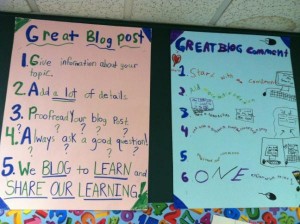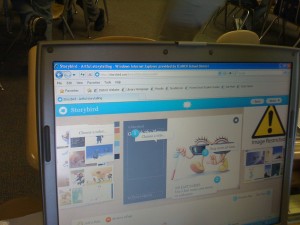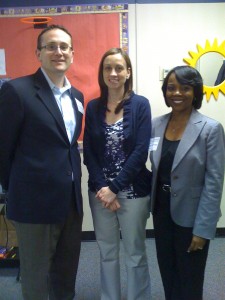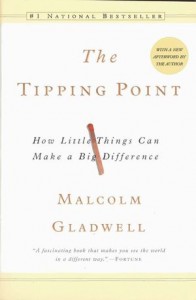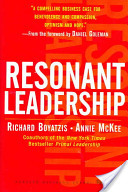“Greatness and nearsightedness are incompatible. Meaningful achievement depends on lifting one’s sights and pushing toward the horizon.” Daniel Pink
Even though we were on Spring Break this week, Dr. Pamm Moore and I ventured to school an hour and half away. Our session was facilitated by Lyn Hilt, Principal of Brecknock Elementary School in Eastern Lancaster County. We arrived for class excited for a day of sharing and expanding our Professional Learning Network (PLN).
Brecknock Elementary is tucked neatly in the rolling hills of Eastern Lancaster County. The roads, which must be shared with the occasional horse and buggy, are narrow, and winding, and they take you up and down, over, and around just like my own experiences as a principal this year. In all honesty, Eastern Lancaster County is beautiful farm country.
When we arrived, Lyn welcomed us into her office. We assembled at a conference table and began chatting. We had no agenda other than to learn from one of Twitter’s most famous elementary school principals. Lyn has close to 7,000 world-wide Twitter followers. When she Tweets, educators listen. Her main blog, Lyn Hilt: The Principal’s Posts have been viewed by over 33,000 visitors. In recognition for her hard work and determination, she has been nominated for multiple Edublogs Awards the past two years. Her school blog has been viewed close to 2,000 times.
Lyn enthusiastically described the 21st Century teaching and learning strategies that are integrated into her school’s daily practices. We talked about her foray into Social Media and its subsequent impact on the district, school, and most importantly, the students. Lyn’s Social Media crusade is specific and measurable; intending to arm her teachers and students with the most up to date applications to continuously advance their learning to new levels. She makes no apologies for this.
After our discussion, we toured the classrooms of Brecknock where the ideas are put into practice. We were able to visit with Kindergarten students who had recently Skyped with a class in Peru. When asked where Peru was, one student quipped, “South America, of course!” We all laughed.
Next, we visited a 1st grade classroom where the students were enthusiastically sharing their blogs via kidblog.org. One student in particular, Dakota, and I chatted about Social Media, blogging, reading, and life. I encouraged her to finish her blog, have her Principal send it to me, and I would have my 1st graders do the same.
In 4th grade, students were using Storybird to write their own stories. This was the first time I had seen Storybird in action. Lyn highly recommended this, and she described how the company uses images from real artists. One student read their entire story to us. I found it interesting that right next to him another student was working on a traditional story. You know the ones that are photocopied and the students color in and write their own story. I picked it and up looked at Lyn and said, “Basically, this is what Storybird is for the 21st century.” She replied, “You got that right!”
As we walked from room to room, we felt the embrace of the positive and stimulating learning climate that permeates throughout Brecknock Elementary School. Each classroom had its own decorations and distinct character. Some were of the traditional elementary variety and some classrooms made us feel as if we were in someone’s living room.
Clearly, Lyn resonates with the students, and teachers. As we entered classrooms, everyone was excited to see her. It was also obvious that she was in high demand. There were many students who wanted to eat lunch with her. I am not talking one or two students; there were at least a dozen who wanted to be put on her “lunch list.”
We ended our tour and reviewed some of the resources that she imparted on us. She agreed to send us some additional information that would aid us in our transition to world class. I told her that I would get in touch with some of my teachers and that we could connect with her students through one of the various online learning applications. We had one of her student’s take our picture!
Resembling the enthusiasm of Lyn’s lesson, we ventured back over the Delaware River to finish Spring Break. We talked about what we could immediately integrate into our district, and what would we need to research further. We were extremely thankful to spend time with Lyn because we too want to be put on “the list”. The state of New Jersey recently unveiled a directory of Reward Schools and like Lyn, our goals are specific and measurable; we want to be on that list!
Resources:
Her personal Blog – Lynhilt.com
Brecknock Elementary Blog – http://blog.elanco.org/br
Free Blogging for kids – Kidblog.org
Artful storytelling- storybird.com
Pink, D.(2011). Drive: The Surprising Truth About What Motivates Us. Riverhead Trade. New York.



